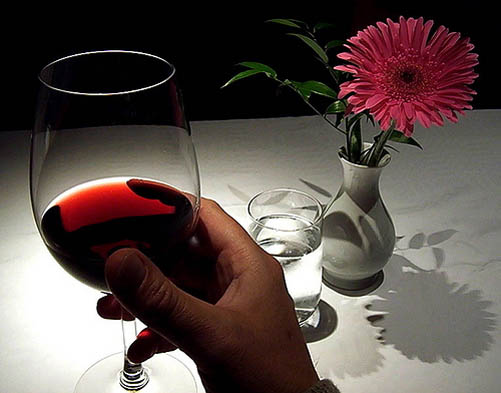Developing the Sense of Wine Taste
If you are new to the world of wine, knowing how to taste wine may be confusing. Tasting wine is different than drinking wine. When you drink wine you are doing it for enjoyment with no other agenda. When tasting wines we are using the senses of sight, smell, taste and touch. The sense that requires the most development is that of smell. Smells create memory. You can walk into a room and, in an instant, you are reminded of another time and place – perhaps back in your infants’ school classroom or in grandma’s house. In the briefest of moments your nose has detected the constituents, analysed them and passed the information to the brain which has immediately related them to a point in the memory bank
If you are interested in learning how to taste wine, here are some tips.
- The first step in tasting wine is actually to simply observe it. Pour a small amount of wine from the bottle into your glass and look at it. Place the glass on a white background (a cloth napkin or tablecloth will do fine) and check out its color. You will notice that white wines are really various shades of yellow and red wines are really various shades of purple, red and brown. Determine what color you see in the wine.
- Pale white wines are usually newer wines. As white wines age, they get darker.
- The purple hue in some reds is often a sign of young wine. Red wines tend toward the browner hues as they age.
2. The next step in tasting wine is to swirl the wine in a circular motion in the glass. This allows oxygen to get in the wine and helps to release the aroma of the wine.
3. Once you have swirled, it’s time to sniff. You are sniffing to see what type of “nose” the wine has. Nose is wine-speak for smell. Stick your nose right into your glass and breathe in its aroma. At first the only thing you may smell is wine. That’s okay! After a while of doing this withdifferent wines, you will begin to detect various aromas such as fruit, wood, spice, flowers and countless other fascinating substances. It takes practice to recognize these smells.
A simple way to help develop the sense of wine taste is to use it. With practice and concentration, the senses needed for wine tasting can be developed and refined. Memory and organizational skills also need to be developed: it is not of much use having the sensory skills to distinguish between, say, an inexpensive young, Cabernet Sauvignon from Maule (Chile) and a fine mature Merlot dominated wine from Pomerol (Bordeaux, France) if one cannot organize the characteristics in the brain and remember them.
